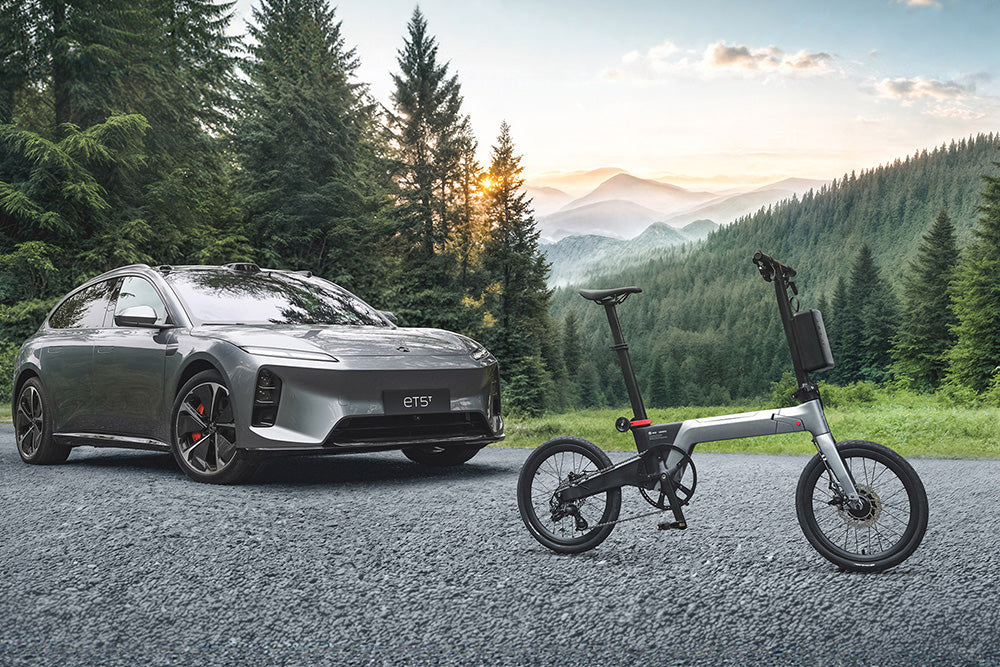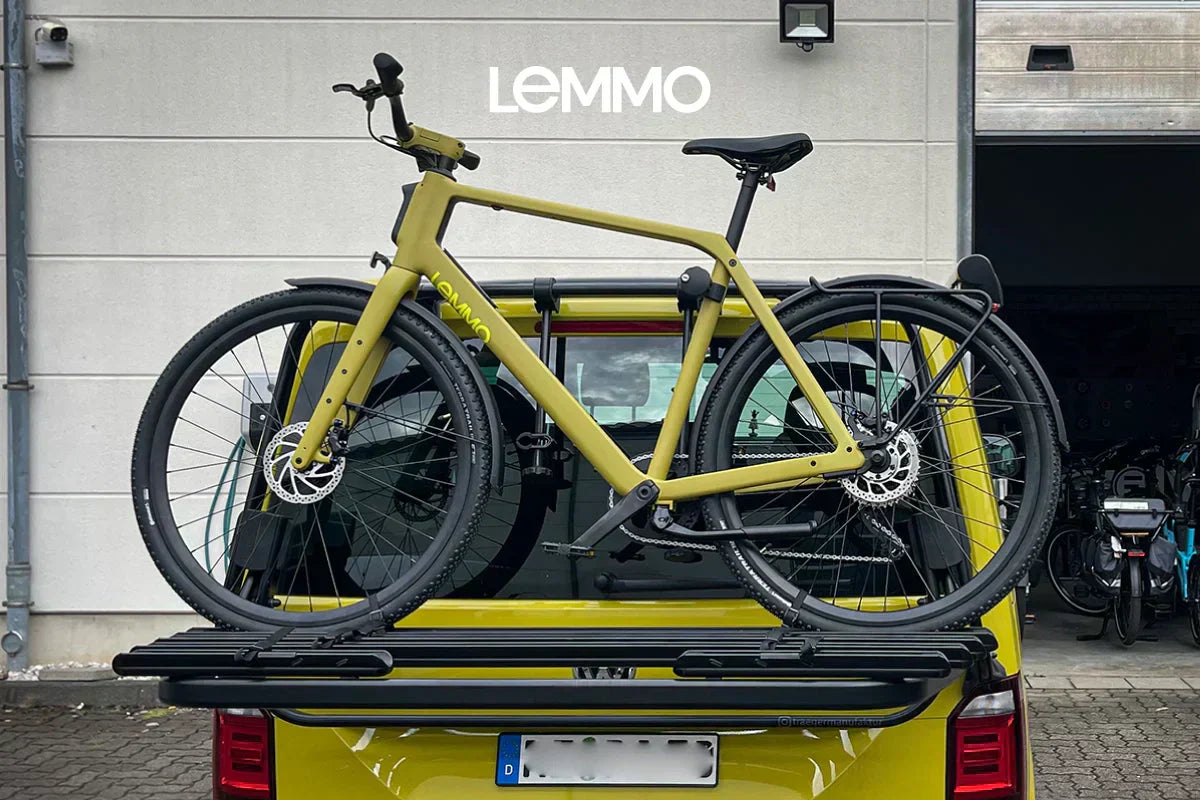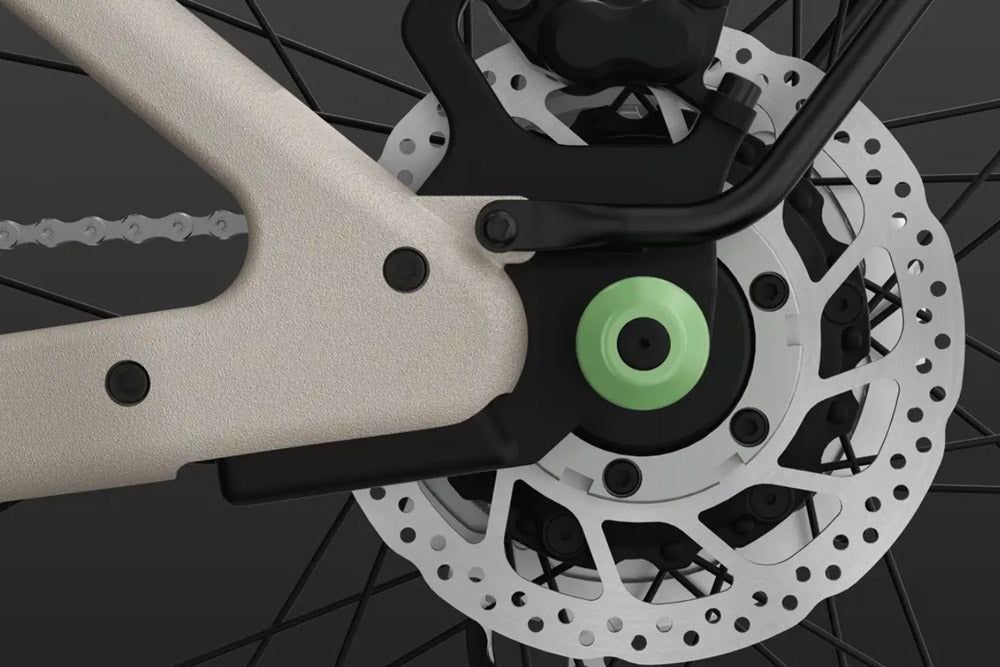Introduction
Electric bikes have become increasingly popular in recent years as an environmentally friendly and efficient mode of transportation. Choosing the right frame material for an e-bike is an important decision that impacts the bike's durability, weight, comfort and price. Commonly used frame materials for e-bikes include aluminum, steel, carbon fiber and titanium. Each material has its own set of advantages and disadvantages that make it suitable for different riding styles and budgets.
Aluminum Frames
Aluminum is a very popular frame material for electric bikes due to its lightweight, affordability, and ride quality. Aluminum frames are typically alloyed with other metals like magnesium, silicon, and zinc to improve durability and shock absorption. The resulting aluminum alloy frames can be lightweight yet strong - lighter than steel but stronger than carbon fiber or titanium. Aluminum e-bike frames often weigh between 7-15 pounds. This helps keep the overall weight of the e-bike down, making it easier to pedal and accelerate. The lightness also improves handling and maneuverability.
Vergleich mit anderen Rahmematerialien
Compared to steel, aluminum frames are lighter, more rigid, and have better vibration dampening. But aluminum can be less durable over the very long term. Aluminum is not as strong or dense as steel, but its strength-to-weight ratio makes it ideal for e-bike frames. The affordability of aluminum compared to other materials is also a major benefit - aluminum frames cost much less than carbon fiber or titanium.

Steel Frames
Steel frames have long been a popular choice for electric bikes due to their durability, ride quality, and low cost. The density and stiffness of steel make for a very strong and responsive frame that can stand up to the weight and torque of an e-bike motor and battery. Steel frames absorb shock well, providing a smooth ride. The material can be responsive and lively, making it a good choice for e-bikes used for commuting or riding on varied terrain.
Compared to aluminum, steel frames are heavier but have superior shock absorption. Steel is also less rigid than aluminum but more durable over the very long haul. Carbon fiber and titanium are lighter than steel but substantially more expensive. Steel provides the best balance of strength, weight, ride comfort, and affordability.

Carbon Fiber Frames
Carbon fiber frames are the lightest option available for electric bikes. The carbon fiber composite material allows frames to be built that weigh as little as 2-4 pounds. This ultra-lightweight translates into faster acceleration, easier climbing, and nimbler handling compared to metal frames. Carbon fiber also has excellent vibration dampening for a smooth and comfortable ride. The frames have high stiffness for efficient power transfer.
Compared to metals, carbon fiber frames are much lighter but also more expensive. They are more fragile against impacts than aluminum or steel yet can be very durable when properly maintained. Carbon fiber frames are found on high-end e-bikes where light weight is imperative and budget is not as much of a consideration.

Titanium Frames
Titanium is a strong, corrosion-resistant metal that offers an excellent combination of lightweight and durability for electric bike frames. Titanium has a high strength-to-weight ratio, allowing frames to be constructed that are lighter than steel yet stronger than aluminum. Titanium also has good fatigue and impact resistance for long-lasting performance. These properties make titanium frames a top choice for demanding e-bike riding conditions.
The main downside of titanium is the high material cost, which gets passed on to the consumer. Titanium frames are significantly more expensive than aluminum or steel. However, titanium excels when low weight and reliability are critical factors. The military uses titanium alloys for aircraft and armor for good reason.

Frame Material Recommendations
The best electric bike frame material for you depends on your budget and how you plan to use the bike. There are advantages and tradeoffs with each frame type to consider before deciding.
Casual Riders
If you ride primarily for fun, fitness or short trips, an aluminum frame provides the best value. Aluminum balances low cost with decent durability and performance. The light weight also makes them easy to ride.
Commuters
Frequent riders should consider steel for its ruggedness and ride comfort. The added weight is barely noticeable over short distances. Steel frames will withstand heavy daily use and last for years.
Enthusiasts
Competitive and adventurous riders will prefer the outstanding performance of a carbon fiber frame. Their feathery lightness accelerates and climbs with ease. While expensive, they deliver an unparalleled riding experience.
Cargo Hauling
Heavy-duty hauling demands a titanium frame. Though costly, titanium offers exceptional strength for carrying big loads over long distances. The fatigue resistance ensures years of smooth and reliable riding.
The optimal frame material depends on your budget and intended use. Casual riders will find aluminum provides the best value. But frequent and aggressive riders may want to invest in steel, carbon or titanium for their respective benefits. Consider how much you plan to ride and what kind of performance you expect to determine the ideal frame type.
Conclusion
When choosing a frame material for an electric bike, there are tradeoffs to consider between weight, cost, ride quality, durability, and performance. Aluminum offers the best balance of affordability, lightweight and stiffness but can sacrifice some comfort and longevity. Steel is heavier but provides bombproof durability and an excellent ride feel for the best value. Carbon fiber is the ultimate in lightweight performance but comes at a steep price. Titanium combines lightness and strength for an unbeatable ride yet is prohibitively expensive for most.
FAQs
Q: Are e-bikes legal to ride everywhere?
E-bike regulations vary by location. Most places allow pedal-assist e-bikes on bike paths if limited to 28 mph or less. Check local laws.
Q: How far can you travel on one charge?
Range depends on battery size, terrain and rider assist level used. Expect 15-60 miles per charge for most models.
Q: What safety gear is recommended?
At a minimum, a CPSC-approved helmet is strongly advised. Lights, reflective clothing and a bike lock are also good ideas.
Q: How difficult are they to ride?
E-bikes are very easy to ride for any skill level. The motor assists in pedaling smoothly up hills and at slower speeds.
Q: How do they help the environment?
By replacing car trips under 10 miles, e-bikes significantly reduce vehicle emissions, traffic and resource consumption compared to gasoline alternatives.




